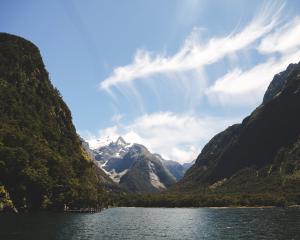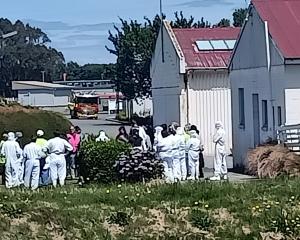
RPS Group works across the world, about 1000 staff in Australasia, including nine in New Zealand, working in the defence sector, with regional councils and on local government assets, portfolio delivery and public transport.
Representatives attended the Murihiku Regeneration Science and Innovation Wananga in Invercargill yesterday, via livestream, to deliver insight on the challenges the region faces after the planned closure of the Tiwai Point aluminium smelter in 2024 in terms of remediation.
The company in charge of the smelter, Rio Tinto, acknowledged last month it could have done better in the past with its waste and made public its initial plan for remediation.
RPS remediation project management executive general manager Tim Cope said the group’s insights were based on knowledge and experience from previous remediation projects similar to the scale of what would be required at Tiwai.
"There are many complexities associated with these projects."
Mr Cope drew comparisons to projects such as at the Alcan Lumns Lane Landfill in the United Kingdom that had similarly focused on aluminium dross, which had created high levels of ammonia in groundwater.
"I’m sure you all understand the relevance of that."
An analysis of the site had found 83% of groundwater samples exceeded New Zealand drinking water standards guidelines and Environment Southland groundwater rules.
The standards were used as a comparison, and the exceedances were mostly for aluminium and fluoride with fewer exceedances for arsenic, iron and pH levels.
However, Mr Cope conceded his example was not as complex as the Tiwai Point smelter, considering its sensitive ecological coastal setting.
It was fair to say many of the challenges the firm had previously faced were all present at the Tiwai site, he said.
Contaminated land practice lead Ruairi Hanly reiterated how complex it would be, but said it could be managed.
The Tiwai site’s coastal setting influenced the issues that had to be considered, which included how there were trace amounts of "literally every element from A-Z", he said.
However, it was not insurmountable: it could be managed, it could be remediated and people could move forward, he said.
That hinged on several critical success factors, which he explained before a colleague ran through potential engagement considerations.












